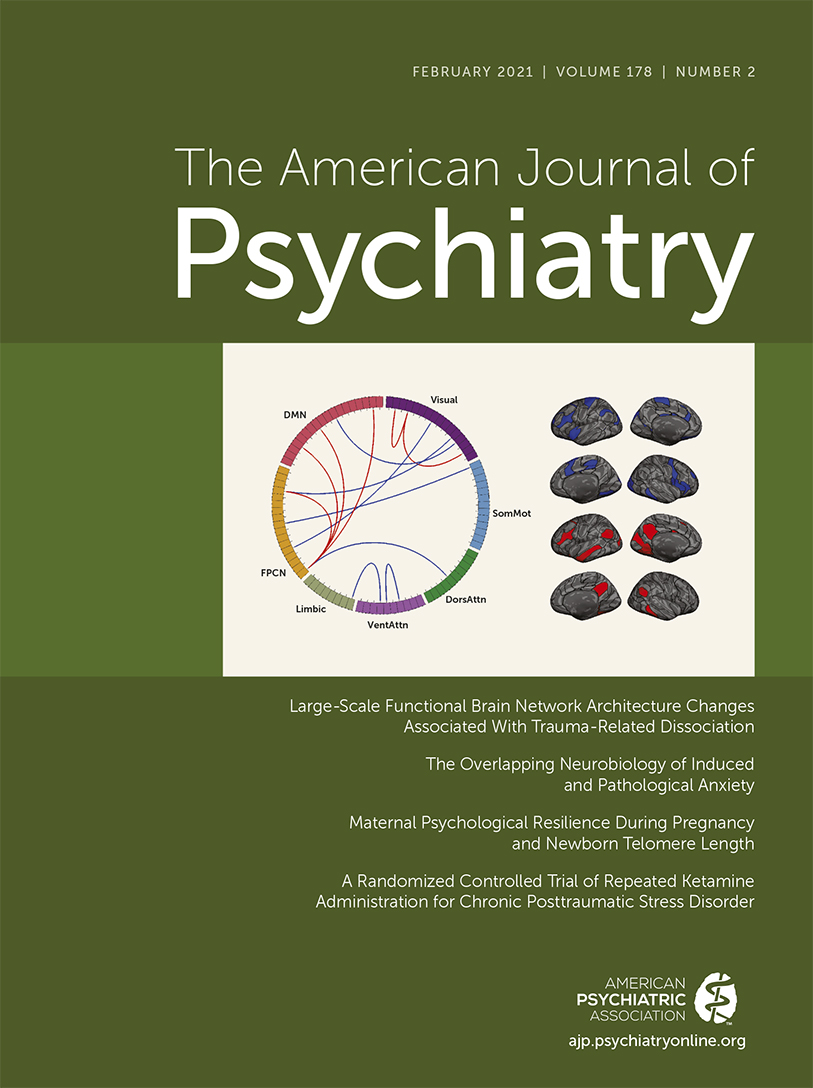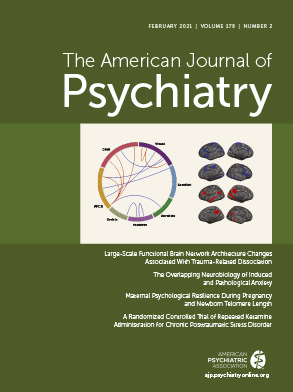T
o the E
ditor: In the October 2020 issue of the
Journal, Summers et al. (
1) estimated the prevalence of burnout in 2,084 North American psychiatrists to be 78%. Because there are no consensual, clinically valid identification criteria for burnout, we argue that the authors’ estimate is unreliable. The high estimate is likely a function of their assessment method.
Employing the Oldenburg Burnout Inventory (OLBI), Summers et al. operationally defined anyone with a score ≥35 as burned out. With 16 Likert-type items, an OLBI score of 35 translates at an item-level to 2.19. Thus, for instance, the OLBI item “Usually, I can manage the amount of my work well,” with response choices “Strongly agree” [1] to “Strongly disagree” [4], a score of 2.19 is fractionally higher than “Agree,” a low threshold for identifying a serious condition like burnout. Using such a low threshold, there is a high risk that many of the psychiatrists classified as burned out may have experienced nothing other than normal fluctuations in job stress. The threshold chosen is all the more questionable given that it does not have any robust clinical or theoretical underpinning.
A second problem is that the authors ignored the fact that the OLBI comprises two subscales covering exhaustion and disengagement (
2). Exhaustion is the core of burnout. Disengagement, which refers to distancing oneself from colleagues and patients, is a strategy to cope with exhaustion. The authors provided no justification for combining exhaustion and disengagement items as part of a single syndrome.
Third, the study fails to differentiate exhaustion from depression. Depression, largely treated categorically, should have also been treated dimensionally. Mounting evidence indicates that depression is better conceptualized as dimensional (
3), with individuals experiencing clinical depression found at the upper end of the dimension. Because there is evidence that burnout fundamentally reflects a depressive condition (
4), it would have been preferable if the authors had employed advanced factor analytical techniques before making claims about burnout’s putative distinctiveness.
High scorers on burnout inventories are at risk for clinical depression and should be offered treatment. And it is important to address depressogenic work-environment factors (e.g., reduced autonomy). It is not be helpful, however, to estimate the prevalence of a condition with no clear identification criteria. The impressive estimate provided can hardly be interpreted in a context in which what constitutes a case of burnout remains so elusive.

